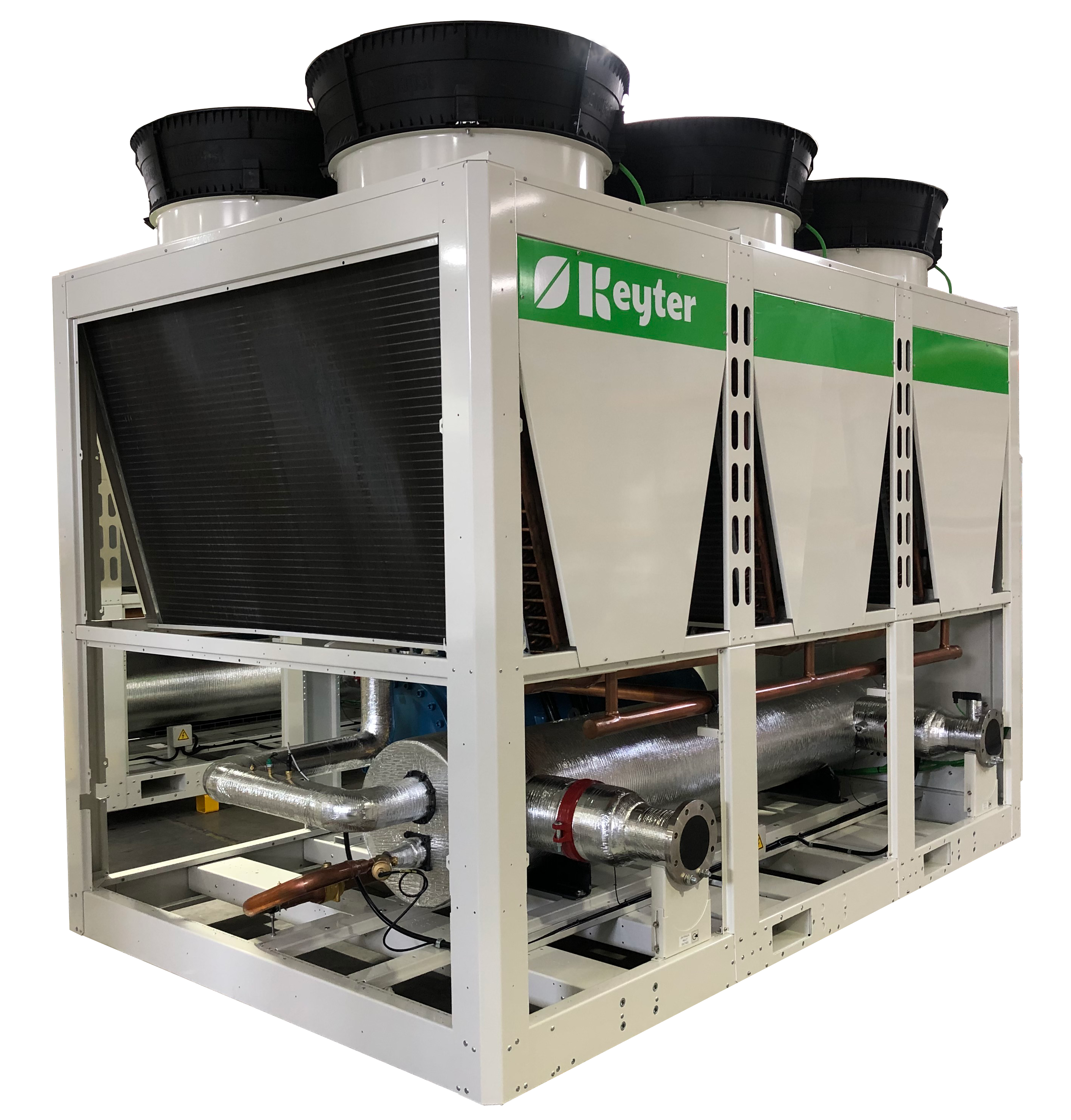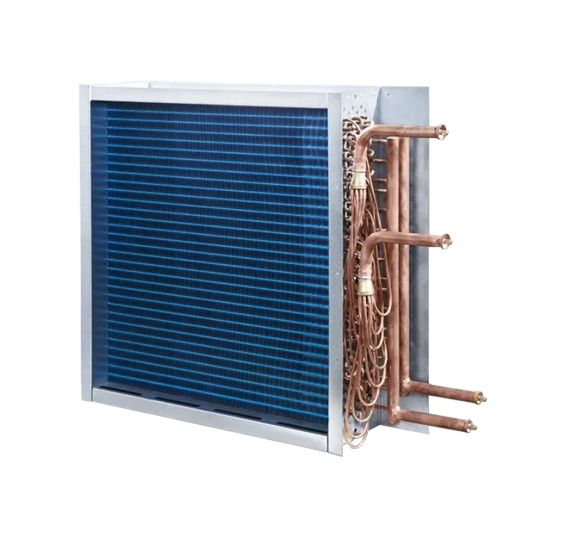Condensing Battery Functions in
a Refrigeration System
The condensing battery, an essential component in refrigeration systems, performs two crucial functions that contribute to the cooling and climate control process. These functions are carried out both at the refrigerant gas level and in relation to atmospheric air. In this technical article, we will delve into detail regarding these two functions and their significance in the context of refrigeration.

Function 1: Refrigerant Gas Condensation
The first key function of the condensing battery is related to the refrigerant gas. In the refrigeration cycle, after the compressor compresses the refrigerant gas, it becomes a mass of hot, high-pressure gas. However, for the refrigeration system to operate effectively, it is necessary to convert this gas into a liquid at a lower temperature before it enters the expansion valve.
The condensing battery fulfills this crucial task. Its primary function is to condense the refrigerant gas, meaning to transform it from the hot gaseous state that exits the compressor into a liquid state at a lower temperature suitable for the expansion valve. This conversion is fundamental as the expansion valve is designed to work with liquids, not gases.
During this condensation process, two types of heat are involved: sensible heat and latent heat. The former refers to the heat removed from the gas as it cools, while the latter relates to the phase change of the gas into a liquid.

Function 2: Sensible Heating of Air
The second essential function of the condensing battery is related to atmospheric air. When relatively cold (or lower-temperature) air passes through the condensing battery, it undergoes a process of sensible heating. This means that the air gets heated but does not experience a phase change; it remains in a gaseous state throughout.
This heating process is represented psychrometrically and can be visualized as an increase in air temperature. For instance, air passing through the battery at 27°C can exit heated to reach 45°C. It is important to note that this heating occurs sensibly, which means there is no phase change or moisture loss in the air.
The reason behind this sensible heating process is that, depending on the system’s operating mode (whether heating or cooling), this heat can be either utilized or dissipated. In heating mode, this heat is used to raise the temperature of the indoor space. On the other hand, in cooling mode, the heat is dissipated into the atmosphere, helping to cool the indoor space.
In summary, the condensing battery in a refrigeration system plays a crucial role in condensing the refrigerant gas and sensibly heating the surrounding air. These functions ensure that the system operates efficiently and meets the heating or cooling requirements of the indoor space, thereby contributing to comfort and energy efficiency in climate control applications.
If you wish to delve deeper into these concepts or refresh your understanding of sensible heat and latent heat, you can refer to additional resources such as videos and manuals available on Keyter AKADEMY.
More articles
Interested in other (technical) knowledge articles? Keep yourself up to date and read them all


